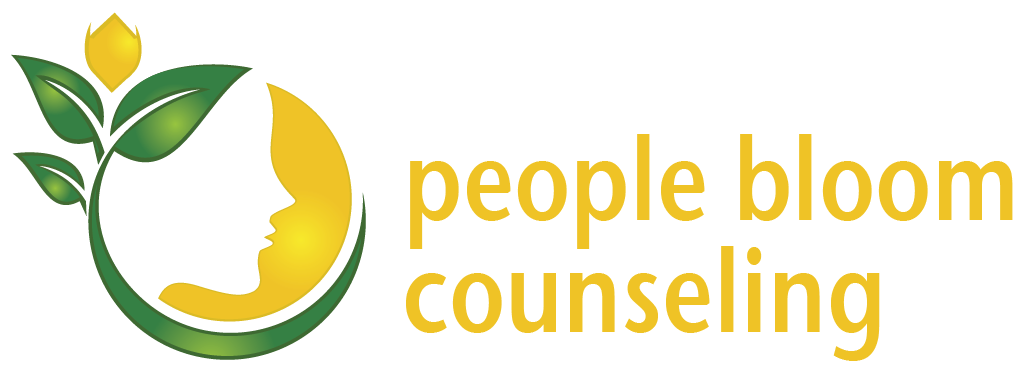“New year, new me”… sounds great in theory, right? The idea of setting resolutions feels like something we should do, yet many of us have a long history of abandoned goals. The start of a new year can fill us with hope and optimism. It’s exciting to imagine a major life transformation — but it’s also unrealistic to expect ourselves to completely reinvent our lives overnight.
Quitter’s Day
The second Friday in January is known as “National Quit Day” or “Quitter’s Day” — the point when most people give up on their New Year’s resolutions. If your resolution has ever involved getting fit, you’ve probably noticed how the gym is packed in early January, only to become less crowded each week.
Why Do People Quit?
Most resolutions fail because we set goals that are too big, vague, or unrealistic. Lose twenty pounds in a month? Not healthy or sustainable. Other unrealistic goals: quit a habit like smoking overnight, cutting out all “unhealthy” foods immediately, eliminate credit card debt quickly; trying to get results too quickly and not having a plan often leads to failed resolutions.
Instead of chasing giant goals, consider shifting your approach entirely. Think in terms of habits rather than resolutions. A subtle language shift can create a meaningful mindset shift too. Habits feel tangible and actionable.
James Clear’s concept of habit stacking, from his book Atomic Habits, is a great place to start. You build a new habit onto an existing one — for example:
After brushing your teeth → read for 10 minutes
After reading → meditate for 5 minutes
The flow builds naturally, and the habits feel less overwhelming. Also, they are more likely to stick when you are attaching them to already existing habits.
Different Types of Habits
Even as you consider stacking habits, not all habits carry the same weight. In the book The Power of Habit Charles Duhigg talks about how keystone habits can lead to the formation of other habits and actions, called supporting habits. The author of Tiny Habits, BJ Fogg, came up with the concept that if the behavior is so small, it does not require willpower or motivation to complete it, making it more likely you’ll add it into your routine. Finally, “small wonder habits” are not a traditional habit at all, and is something I came across recently on social media. It’s all about adding small moments of joy into your life.
Let’s lay this out:
Keystone habits: Foundational habits that create a ripple effect (e.g., daily movement, quality sleep).
Supporting habits: Smaller actions that reinforce your keystone habits (e.g., stretching, drinking plenty of water, meditation).
Tiny habits: A habit so small that it’s easy to implement (e.g., doing two push-ups, flossing one tooth).
Small wonder habits: Flipping the script on habits and adding something fun into your day that you’ll look forward to doing (e.g., watching the sunset, taking a walk after dinner).
Can you imagine how one type of habit can lead to another?
Think Small to Go Big
Habit stacking works because it relies on small, repeatable actions — not grand overhauls. It takes an average of 66 days to build a habit, though this varies based on complexity, consistency, and life circumstances.
So instead of trying to overhaul your entire life during the first week of January, try choosing one habit per quarter or season. That’s four meaningful, sustainable changes across a year — far more realistic than ten new habits at once.
Dream Big Anyway
Focusing on small changes doesn’t mean abandoning big dreams.
Consider choosing a misogi for your year — a big, bold challenge you don’t think you can achieve. Originating from a Japanese purification ritual, the modern misogi concept was popularized by Dr. Marcus Elliott and encourages people to take on a once-a-year challenge that feels almost impossible.
Your misogi might be:
Running a marathon
Climbing a mountain peak
Writing a book
These “stretch challenges” build confidence, grit, and a sense of accomplishment that lasts long beyond the goal itself.
Try a Vision Board — Or a “Becoming Board”
Traditional vision boards focus on end results — beautiful houses, dream vacations, ideal lifestyles. They’re inspiring, but they often ignore the process.
A becoming board shifts the focus. Instead of showcasing the finish line, it highlights the work that gets you there:
Photos of training runs instead of the marathon medal
A picture of you journaling rather than just the final published book
Meal prepping instead of the imagined physique
Even better: use photos from your own life instead of stock images. It makes the vision — and the journey — more personal and grounding. It also keeps you tuned in all year long as you are continuously building it.
Bringing It All Together
If you love New Year’s resolutions, go for it. But if you’re craving a different approach this year, try this:
Choose four meaningful habits — one per quarter — to weave into your daily routine
Pick a misogi challenge to stretch your comfort zone
Create a becoming board to visually honor the process, not just the outcome
The truth is, long-lasting change is hard. Feeling overwhelmed in January is completely normal. If you want support in building habits, staying consistent, or navigating personal growth, the therapists at People Bloom Counseling are here to help.
We’re thrilled to have Kristin Calvert at People Bloom Counseling, a Redmond psychotherapy practice in WA! She helps neurodivergent teens with executive functioning. She also supports educators, parents, and adults going through burnout, and various life transitions. Clearly, she’s read up on the power of habits and what would help sustain them. She’d love to help you too!













